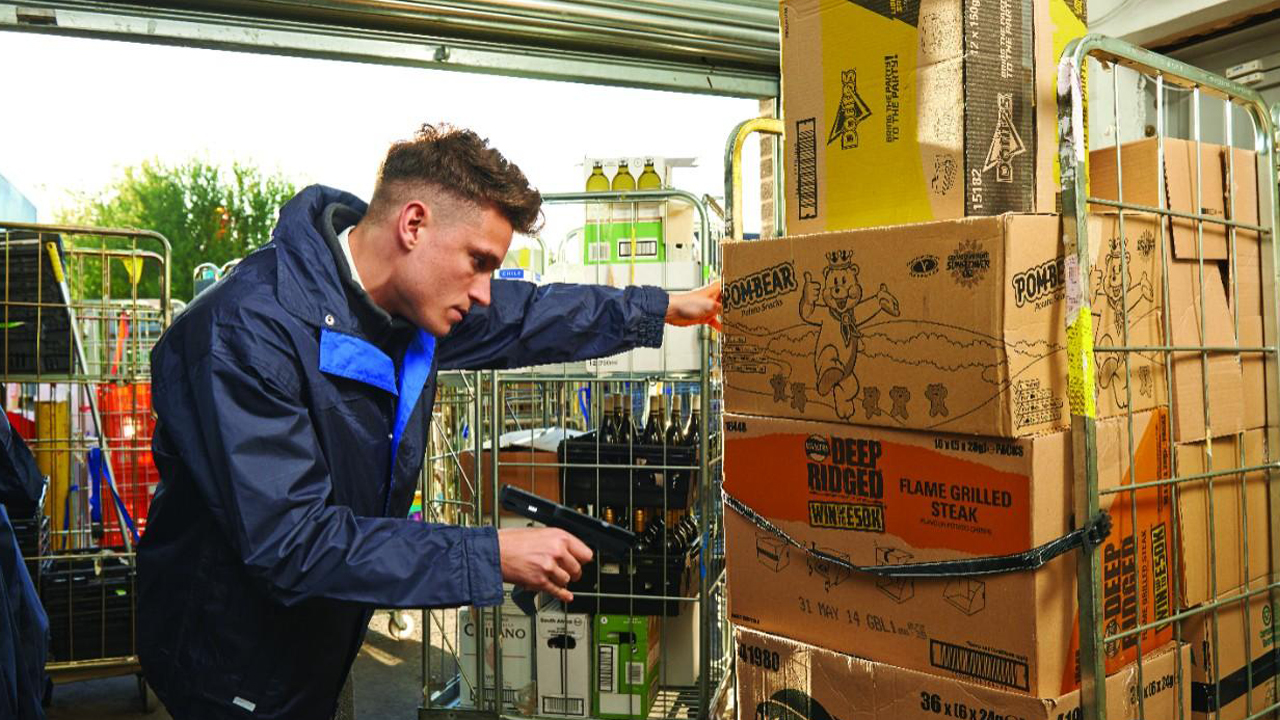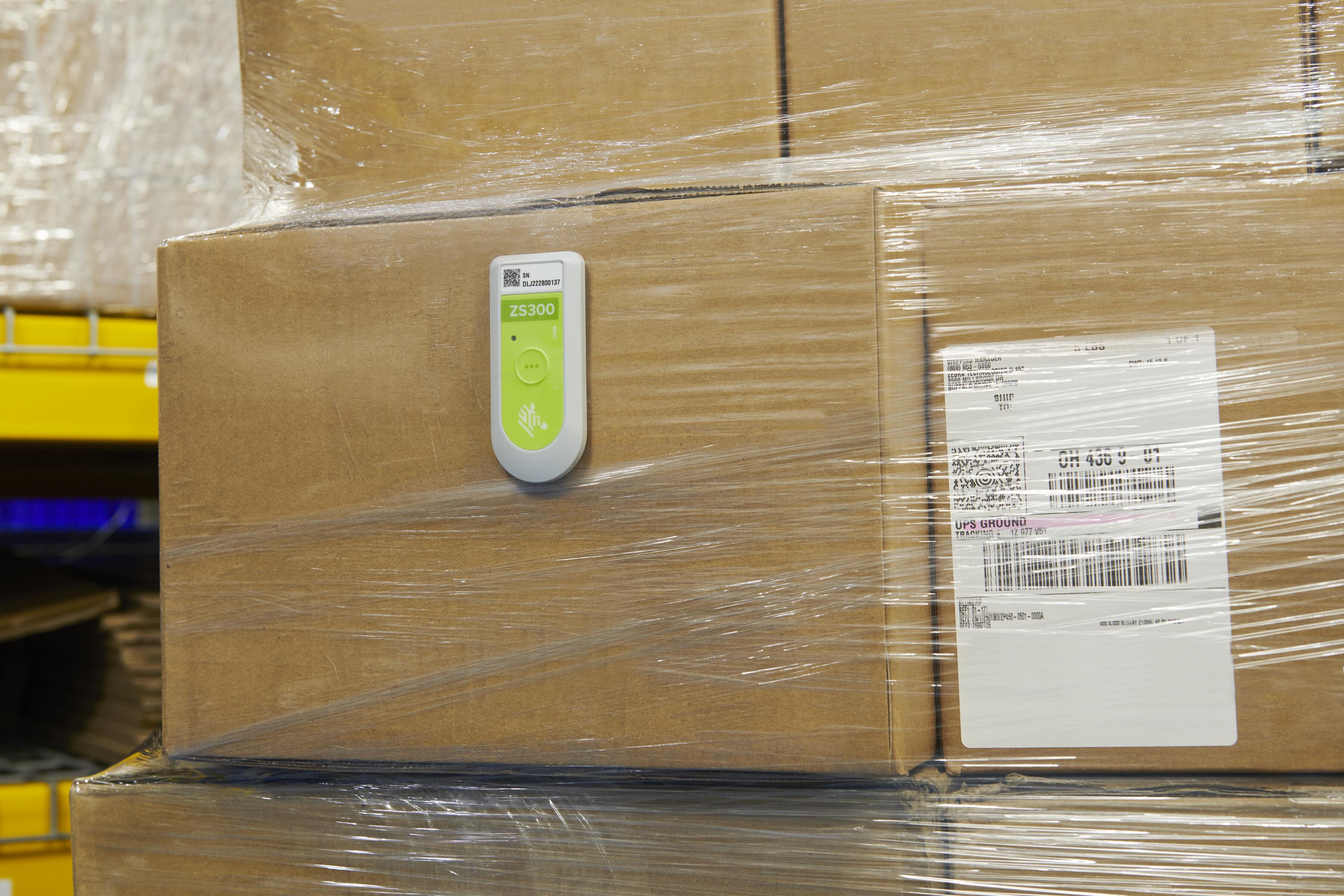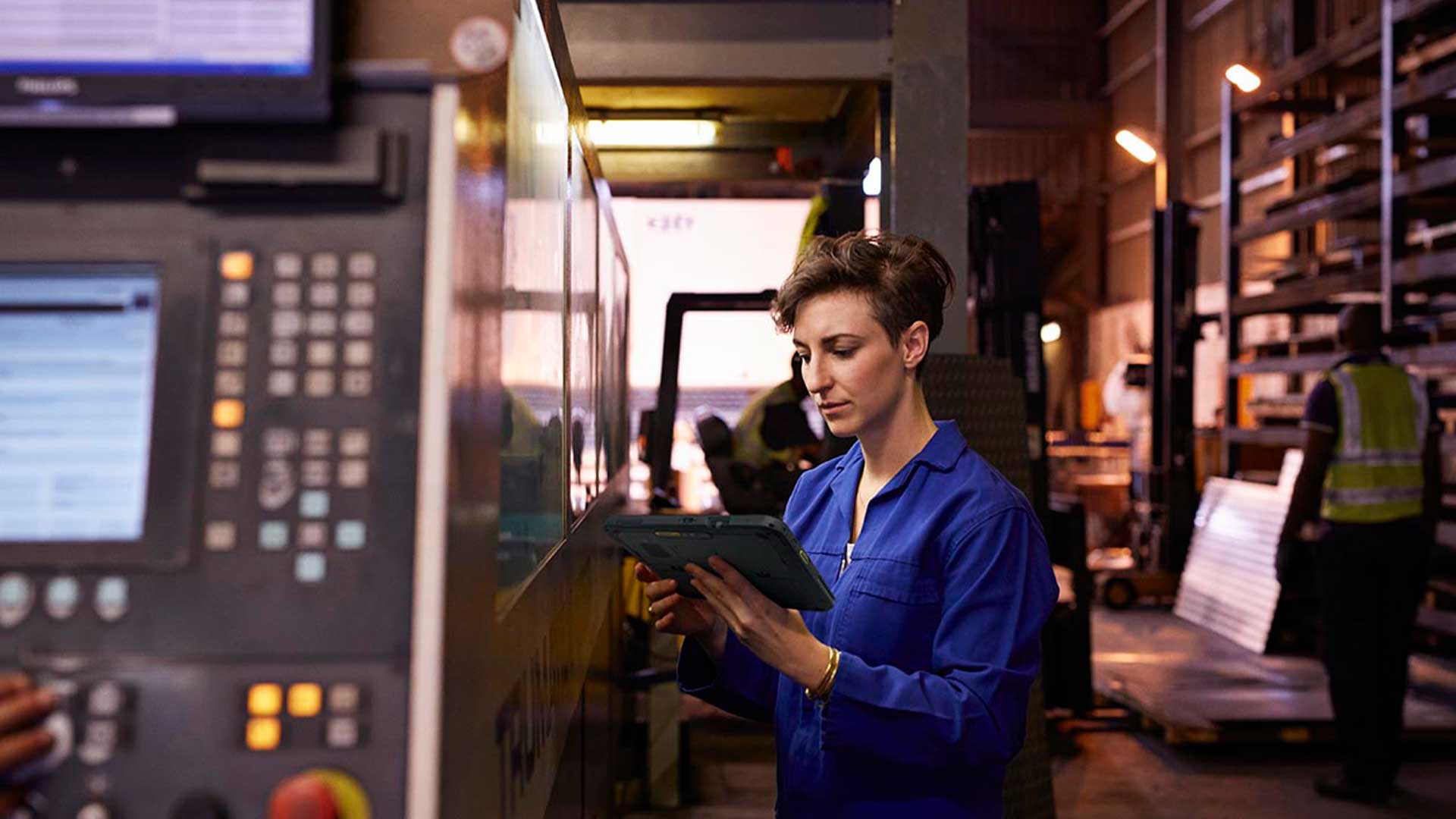
Are You 100% Confident Your Warehouse Workers Have the Right Mobile Device for Their Jobs?
In my last blog, I explained how rugged Android™ mobility solutions are essential to effective – and cost-effective – workforce augmentation and workflow automation at the edge of the enterprise, even if that’s the middle of an 800,000+ square foot warehouse. I also emphatically stressed that warehouse workers need and deserve to have mobile computers in hand that were purpose built for the type of work they do and the environments they work in every day, whether that be a cold storage facility, hot loading dock or nicely-climatized facility. Workers also need to feel safe when navigating around people, carts and co-bots or handling potentially hazardous materials. Just as importantly, they need to feel confident that, no matter what role they play or the type of tasks they are assigned, they will have the “intelligence” they need to meet both your performance standards and your customers’ standards. (Job security is always on their minds.)
That is why warehouse operators cannot afford to compromise when it comes to mobility.
Workers need devices that are going to work at all times if you want them to work as fast and as hard as humanly possible to meet fulfillment demands, without compromising on the quality of their actions in the process.
And that’s the hard part, right?
Finding a future-ready mobility solution that enables modernization without becoming disruptive is no easy feat given how many consumer-grade devices are marketed for enterprise use. But if you consider the impact that mobile technology can have on your bottom line from a bigger picture perspective, rather than focusing only on the upfront cost, then it becomes easy to identify which solutions can facilitate intelligence-based workflows across your entire operation and increase the efficiency of your front-line workflows. By this, I mean you should consider the “total benefits of ownership” versus just the total cost of ownership (TCO).
It Can Payoff to “Standardize” on a Mobility Solution, as Long as Your Standardizing the Right Way
Standardizing on the Android Enterprise operating system (OS) as your “single mobility platform” offers you flexibility in device choice while eliminating many of the perceived IT management challenges that warehouse operators expressed concern about in Zebra’s latest Warehousing Vision Study.
It offers strong integration with the numerous workflows, systems and peripherals required to run warehouse operations, as well as factory, front-of-store or front-line operations – which is important for manufacturers, retailers and others who manage people, machinery, inventory and infrastructure in multiple locations. And, as many of our customers will attest, being able to tailor device selection to each worker and/or workflow – and select the best-of-breed option for every mobile solution component – can pay dividends. In fact, the versatility of the Android Enterprise ecosystem is what is enabling so many customers to consistently achieve desired outcomes as customer and business demands change. Android Enterprise devices facilitate greater operational efficiency, closer collaboration between workers and supply chain partners, better inventory management, improved customer service and fewer fulfillment errors.
That being said, don’t make the mistake of thinking all Android mobile computers – or even all Android Enterprise devices – are viable options for all warehouse workers.
Many customers will tell us that they are considering consumer-grade Android devices because they’ve been told they’re faster to on board. That’s not true within any warehouse (or any enterprise) environment because it is the application, not the OS, that dominates the user experience for front-line workers. Such devices are also more difficult to secure and manage since they aren’t running an Android Enterprise OS. They’re also far more fragile, even with protective “rugged” cases. If such a device fails – whether the screen breaks, it gets wet, overheats or is simply at the end of its one-to-two-year lifecycle, then a worker is left unable to work and a customer is left waiting until the IT professional can reconfigure a device that may or may not be fully compatible with all of your systems in the first place.
On that same token, choosing the wrong Android Enterprise device for an application can cause significant strain on your resources and your entire supply chain.
How to Know If a Mobile Computer Is Right for a Particular Mobile Application
There are many factors that need to be considered when selecting the right mobile computer for each worker and/or workflow considering the wide variance in use cases that may exist in a single warehouse. I suggest that you start by answering these 20 questions:
- Do your primary use cases include scan-intensive applications?
- Do your applications require a lot of manual data inputs?
- Is extended-range scanning required? If yes, does the worker need to be able to scan without dismounting the device from a forklift?
- Is standardization of hardware across multiple use cases (i.e. on the store floor, back of the store or in the warehouse) an important objective for your operations?
- Is it important that you utilize the same software platform (OS version, tools, utilities, etc.) across all deployed devices inside and outside your four walls?
- Do you need dedicated keys for legacy applications?
- How long will the device be used before recharging is possible? Is a swappable battery source needed, or a hot-swap option specifically?
- Is there a use case benefit for having a Snap-on Trigger Handle?
- Will you require a Snap-on Trigger Handle to be removed from the mobile computer and re-attached again during shifts or across multiple shifts and/or sharing the device across use cases?
- Do all use cases within the deployment require the same level of device ruggedness or is the device deployed in environments with different ruggedness requirements?
- Will users be wearing heavy gloves?
- Will users be working in a cold environment? Or in proximity to hazardous materials?
- What’s the intended lifecycle of the deployment?
- What peripherals or additional accessories need to be connected to the mobile computer (head-mounted display, battery, hand straps, protective boots, screen protectors, etc.)?
- How comfortable will the device be for the worker based on the intended use case?
- What level of security is needed?
- What device features are needed to ensure worker safety?
- How easy will it be to manage the device while deployed at the edge of the enterprise?
- What level of compatibility is needed with your core “intelligence” systems, such as your IoT engine, RFID-based track-and-trace technologies and any platforms powered by machine learning, computer vision, artificial intelligence?
- What type of augmentation and/or automation solutions will need connectivity to the mobile computer?
Now, this list isn’t exhaustive. You may have already added three more requirements specific to your business. But it’s a start.
It will help you define basic product specifications such as the level of ruggedness, durability and feature sets. It will also guide the conversation toward feature function. For example, if you’re a retailer, you may think that an all-touch computer is best for your warehouse workers because the all-touch experience dramatically improved the productivity (and happiness) of in-store associates. That’s not necessarily true, though, for the reasons I mentioned in my last post.
Something else to think about: product specifications define more than feature and functionality. They also define the level of ruggedness and durability – as well as the service plans – needed to sustain a reliable mobility solution. While product specifications should be the guide to determine device selection, it’s not absolute. You have specific business and operational requirements that should be prioritized when evaluating mobility options, and specifications alone should not determine the appropriate device.
If you stick with the enterprise-grade handheld mobile computers that have been purpose built for warehouse applications, then it won’t be as challenging as you might think to manage the move to a new mobility solution or to manage a mobility solution that incorporates multiple device models.
Not Sure If the Device That’s Right Today Will Still Be Right a Year from Now?
It can be hard to anticipate mobility needs for every warehousing application considering how fast warehousing operations are evolving. However, it’s easy to adapt to future mobility needs by choosing devices that can be configured with specialized features as needed over time. (Adam Arruda spoke about how Android Enterprise devices can be updated via OEMConfig in a recent blog.)
Of course, don’t be afraid to upgrade to the latest-generation models when needed, either. Solution partners such as Zebra can help you determine when that time is right. Trust me, we want your solution to last as long as possible. And, for that reason, we are going to make sure that you aren’t trying to force fit the wrong mobile computer into a particular workflow – or use a single mobile computer across all workflows to “make things easier”.
We can help you really assess what each worker needs based on his or her software and technology system utilization (printers, augmented reality, head-mounted displays, etc.), typical work environment and target work tempo. In turn, it will be easy to identify the mobile computing device(s) that will minimize the risk of worker downtime and maintain operational stability as demands grow.
Feel free to contact us here if you have questions.

Darren Koffer
Darren Koffer serves as the Director of Global Product Management within the Enterprise Mobile Computing group at Zebra Technologies. He is responsible for the launch and management of the handheld and wearable solutions that Zebra develops for use in warehousing and manufacturing environments. In this capacity Mr. Koffer interfaces with leaders of various Fortune 500 companies in Retail, Transportation & Logistics and Manufacturing, as well as Zebra’s global partners, to help define Zebra’s next-generation mobile computers and platforms.
Throughout his career, Mr. Koffer has held positions of increasing responsibility in Product Management, Supply Chain Operations, Finance, Marketing, Distribution Sales and Business Development.
Prior to joining Zebra, he spent nine years at Motorola / Motorola Solutions leading a team of product and solution / market specialists. He and his team were responsible for defining and driving execution of strategies required to enable sales growth and adoption of enterprise products into the Government and Public Safety markets. Mr. Koffer was a key leader and contributor in successful integrations of Symbol Technologies Inc. and Psion Teklogix by Motorola, which included portfolio strategy definition and roadmap integration.
Prior to Motorola, Mr. Koffer spent nine years at Symbol Technologies Inc. where he directed and managed Symbol’s domestic and international ODM business relationships. He focused on building long-term partnerships to help bring to market products that met customers’ quality, cost, delivery, cycle-time and technology innovation requirements and enabled growth across vertical markets. He also held roles of increased responsibility in Mobile Computing Business Operations and OEM Commodity Management.
He has an undergraduate degree in Business Management and Marketing from Dowling College in New York.




